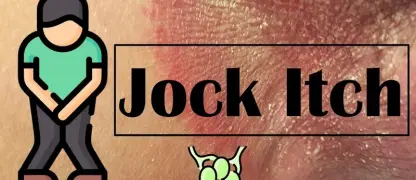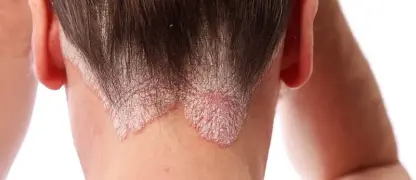Noticing uneven spots on your skin after sun exposure? Don't just ignore them. Understanding pityriasis versicolor is the first step to managing this common condition and achieving clear, even-toned skin. Get the expert facts you need to take control now.
What are the main causes of Pityriasis Versicolor?
- This common fungal skin infection is caused by an overgrowth of a yeast called Malassezia furfur, which is normally found on healthy human skin.
- Hot, humid weather, like that found in tropical climates, can encourage the yeast to multiply more rapidly, triggering the condition's appearance on the skin.
- Factors such as oily skin, a weakened immune system, hormonal changes, or excessive sweating can also contribute to the development of tinea versicolor.
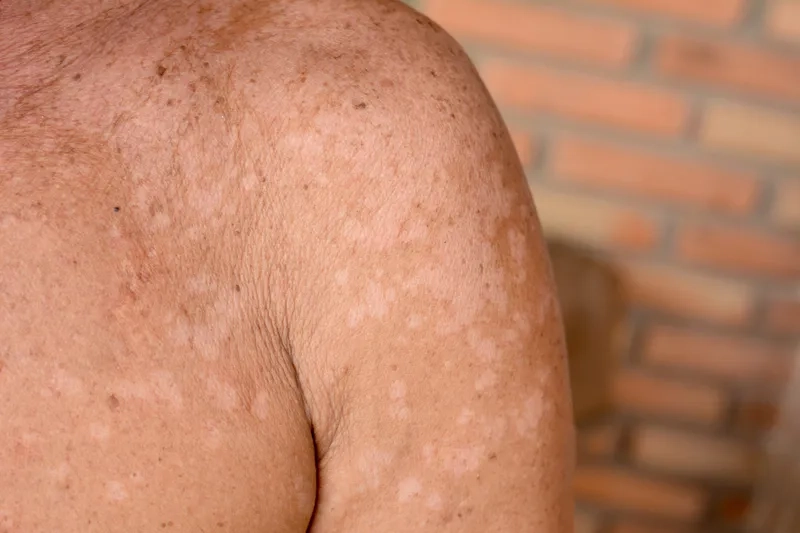
Key symptoms of Pityriasis Versicolor to watch for
- The primary symptom is the appearance of small, oval patches of discoloured skin, which can be lighter (hypopigmented) or darker (hyperpigmented) than surrounding areas.
- These patches commonly appear on the trunk, neck, and upper arms and may have a fine, scaly texture that becomes more noticeable with stretching.
- While often just a cosmetic concern, some individuals may experience mild itching or irritation in the affected areas, especially when they become warm or sweaty.
How can you prevent Pityriasis Versicolor effectively?
- Use an over-the-counter antifungal shampoo with selenium sulfide or ketoconazole on your body once or twice a month, especially during warm, humid months.
- Keep your skin dry and cool when possible, avoid using oily skin products, and opt for loose-fitting, breathable clothing to reduce excessive sweating.
- Applying a non-greasy sunscreen daily can help prevent tanning, which makes the discoloured patches of tinea versicolor much more noticeable against the skin.
>>> Read more here: Erythrasma - Is it fungal or bacterial? symptoms & treatment
Illustrated illustrations Pityriasis Versicolor
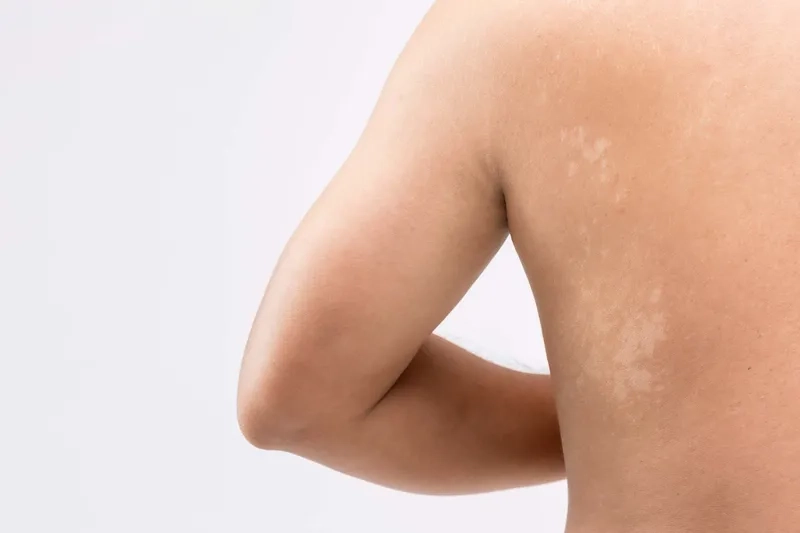


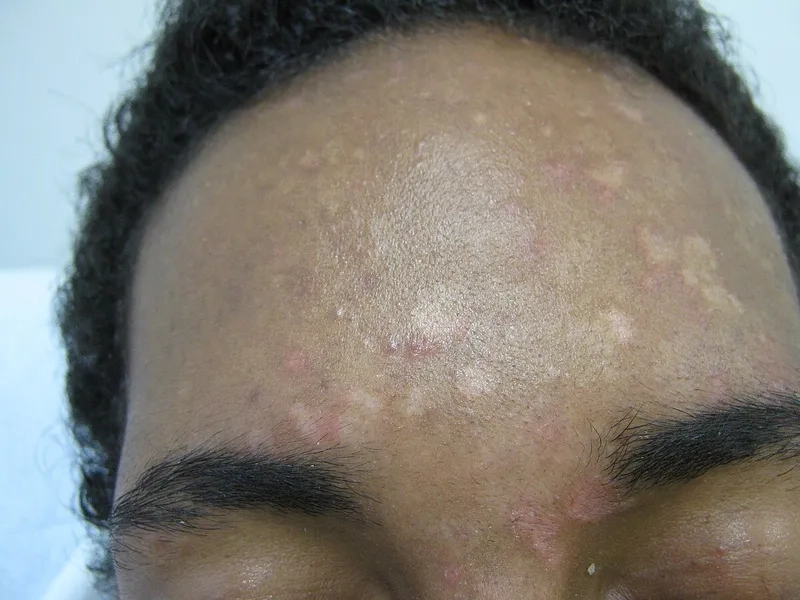
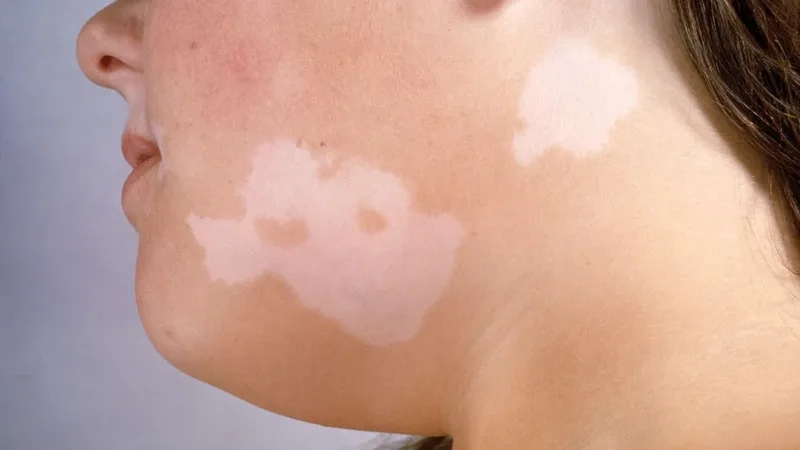
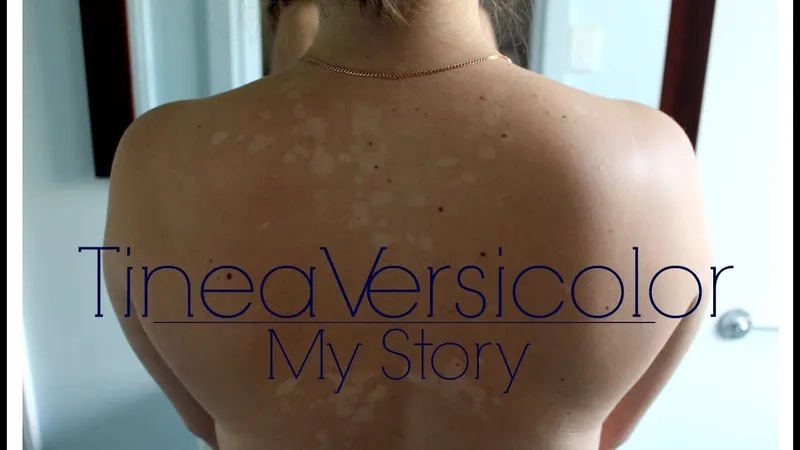
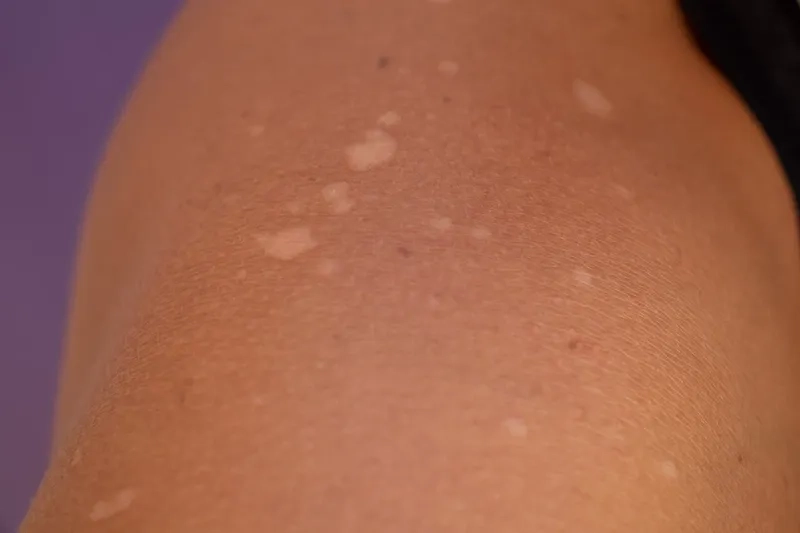

>>> Details at: Cryptococcosis - A serious fungal infection of the lungs
While pityriasis versicolor is not contagious and is treatable, it often recurs. If over-the-counter tinea versicolor creams don't work, consult a dermatologist for a proper diagnosis and stronger prescription treatments to manage your skin effectively.
>>> Unknown more: Paracoccidioidomycosis - A systemic fungal infection



